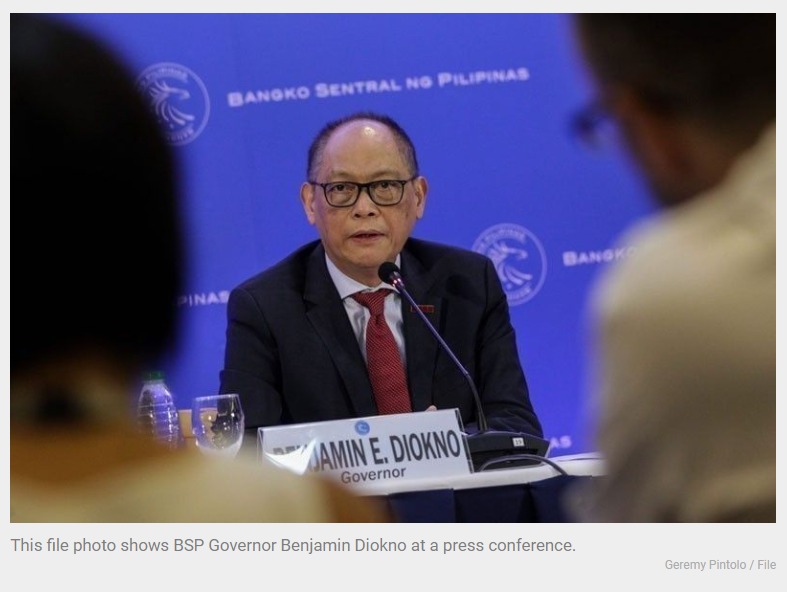Philippines: External debt hits $101.2 billion
MANILA, Philippines — The country’s external debt breached the $100 billion level after climbing by 4.3 percent to $101.2 billion as of end-June from $97 billion in end-March as the government borrowed more from foreign creditors to augment its COVID war chest, according to the Bangko Sentral ng Pilipinas.
BSP Governor Benjamin Diokno said the rise was due to net availments of $3.8 billion after the national government raised $3 billion through the issuance of euro-denominated global bonds and samurai bonds.
Diokno said the government also borrowed $1.3 billion from multilateral and bilateral creditors to fund general financing requirements and the pandemic response programs.
The BSP chief said prior periods’ adjustments of $977 million further contributed to the increase of the debt stock.
On the other hand, Diokno said resident investments in Philippine debt papers amounting to $686 million partly mitigated the rise in the debt level.
Year-on-year, the country’s foreign obligations increased by 15.7 percent compared to $87.45 billion as of end-June last year.
Diokno said the $13.7-billion year-on-year rise in external debt was due to net availments amounting to $14.4 billion, mainly by the national government and private non-banks, as well as positive foreign exchange revaluation of $205 million due to the weakening of the peso against the dollar.
Diokno said the uptick was partly tempered by the transfer of Philippine debt papers from non-residents to residents of $438 million, as well as prior periods’ adjustments of $391 million.
The BSP chief said the country’s external debt indicators remained at prudent levels, while the gross international reserves (GIR) level stood at $105.8 billion at end-June, equivalent to 7.5 times cover of the short-term debt.
Data showed the debt service ratio increased to 9.4 percent in the first half from 8.4 percent in the same period last year due to higher payments, while the total outstanding debt (EDT) expressed as a percentage of gross domestic product (GDP) remained one of the lowest compared to other countries in Southeast Asia.
Public sector external debt rose by 5.4 percent to $59.9 billion in end-June from $56.8 billion in end-March, accounting for 59.2 percent of the country’s foreign debt.
The national government accounted for nearly 91 percent or $54.3 billion of the total public sector debt, while government-owned and controlled corporations, government financial institutions and the central bank accounted for the remaining 9.4 percent or $5.6 billion.
On the other hand, the external debt of private companies amounted to $41.3 billion as of end-June.
According to the BSP, the country’s major creditors are Japan ($15.2 billion) followed by the Netherlands ($3.3 billion) and the United States ($3.3 billion).
Loans in the form of bonds or notes had the largest share with 37.5 percent, followed by borrowings from multilateral lending institutions and bilateral creditors with 35.2 percent, and obligations to foreign banks and other financial institutions with 21.2 percent. The remaining 6.2 percent came from other creditors such as suppliers and exporters.
In terms of currency mix, the country’s debt stock remained largely denominated in dollars with 54.8 percent, and Japanese yen with 11.5 percent. Dollar-denominated multi-currency loans from the World Bank and Asian Development Bank represented 19.3 percent.
Data showed the maturity profile of the country’s external debt remained predominantly medium and long-term in nature.
“This means that foreign exchange requirements for debt payments are well spread out and, thus, manageable,” Diokno said.
The national government borrows heavily from foreign and domestic creditors to finance the country’s budget deficit as the country spends more than what it actually earns.
The country’s budget shortfall ballooned as the pandemic-induced recession pulled down revenue collections, while spending soared to finance COVID response measures.
Source: https://www.philstar.com/business/2021/09/20/2128255/external-debt-hits-1012-billion


 English
English




